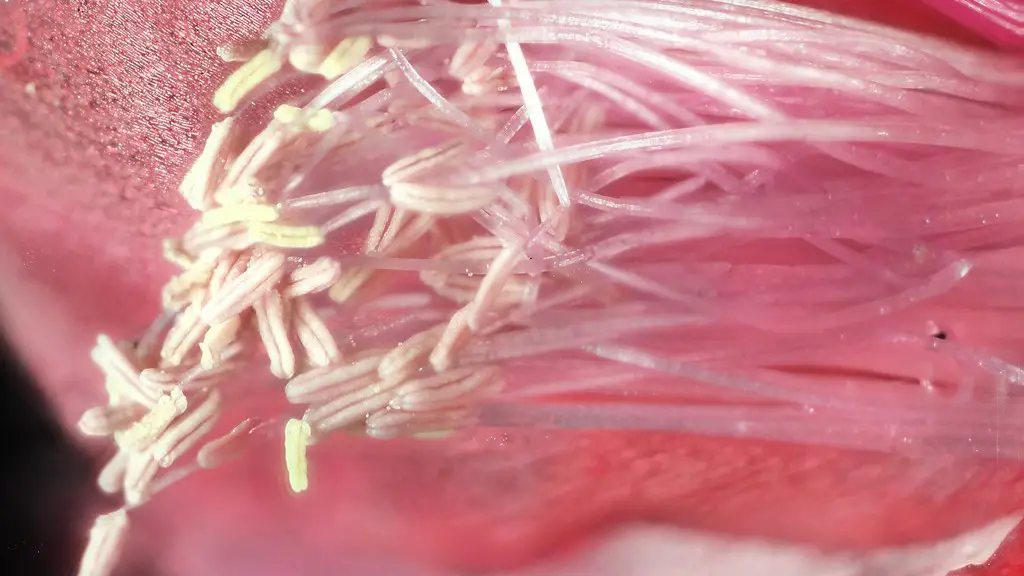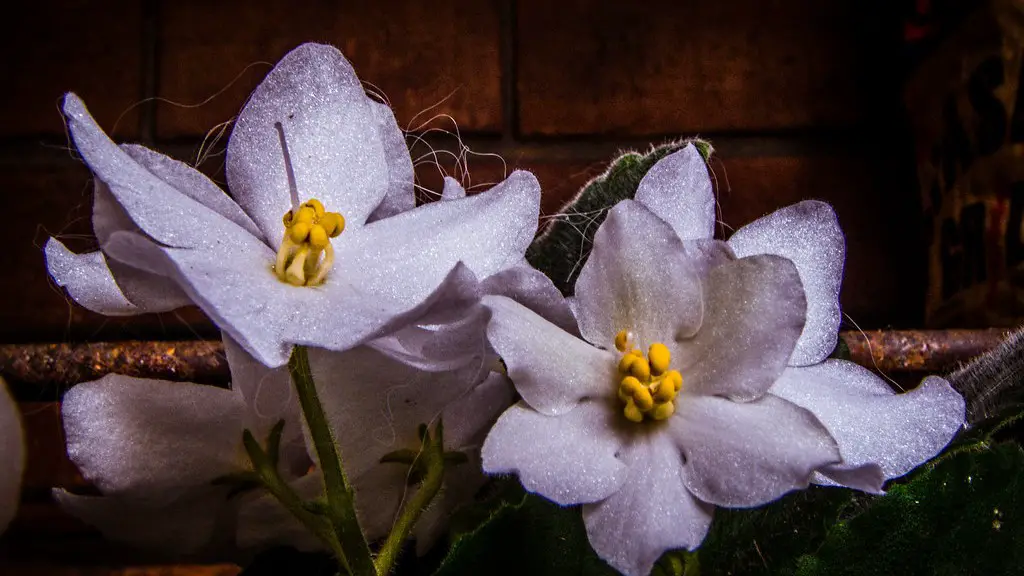African violets are relatively easy to grow, as long as you have the right type of soil. The best soil for African violets is a loose, well-draining mix that is high in organic matter. You can find this type of soil at most garden centers or online retailers that sell African violet supplies.
There are many types of soil that can be used for African violets, but a light and well-drained mix is best. A commercial African violet mix is a good option, or you can make your own mix by combining equal parts of peat moss, vermiculite, and perlite.
What kind of potting soil do African violets need?
A good potting soil for African violets actually contains no soil (or dirt) at all. A good potting soil will be very light and porous, a quality which enhances aeration, while keeping the soil moist, but not soggy. Such a potting soil will be made primarily of block-harvested, sphagnum peat moss.
African violets need a special type of soil in order to thrive. Conventional potting mix is too dense for these sensitive plants and can actually crush or choke their delicate root systems. A lightweight, soilless planting medium is ideal for African violets and will provide them with the support they need without being too heavy or dense.
Do you have to use special soil for African violets
African violets need special lightweight soil in order to thrive. Many mixes contain no soil at all, and are instead a mix of fluffy and granular organic material. However, it is important to hang on to that bag of potting soil, as it will be needed in order to meet the specific needs of the African violet.
The first recipe is a common African Violet potting mix recipe that includes peat moss, vermiculite, and perlite in a 50:25:25 ratio. The second recipe is a 50:50 ratio of peat moss and either vermiculite or perlite. The third recipe includes one cup of AV potting mix, one cup of peat moss, and one cup of vermiculite or perlite.
Do African violets like bigger pots?
African violets need to be slightly pot-bound in order to thrive. This means that you should choose a pot that’s on the smaller side. A professional tip is to use a pot that’s 3-4 inches in diameter for a standard African violet plant.
African violets are one of the most popular houseplants, and they’re also one of the easiest to grow. One of the keys to success is to choose the right pot material.
Plastic is the best choice for African violets. It’s lightweight, doesn’t absorb moisture, and is inexpensive. Plus, plastic pots are available in a wide variety of sizes and colors to fit any decor.
If you’re looking for a more decorative option, glazed ceramic pots are also a good choice. They’re heavier than plastic, so they won’t tip over as easily. And they come in a wide range of styles to suit any taste.
Can I use Miracle Grow potting mix for African violets?
Miracle-Gro® Indoor Potting Mix is the best option for growing African violets. The mix is well-drained and slightly acidic, providing the perfect growing environment for African violets.
African Violet roots don’t go very deep; they like to go sideways, so don’t use a deep pot. Your pot must have suitable drainage holes so you can water from underneath. You can also get African Violet specific pots that have a terra cotta sleeve you plant in, and a water reservoir.
Can you use regular Miracle Grow on African violets
This is a great product to use on all varieties of African violets and blooming houseplants. It really helps them to bloom and look their best.
The good news is that it’s easy to root African violets from existing plants or even from a friend’s plant. The quickest and easiest way I’ve found is to use a leaf in water. Simply take a leaf from the plant and place it in a glass or jar of water. Within a few days, you should see roots growing from the leaf. Once the roots are a few inches long, you can then pot the leaf in soil and your new African violet will begin to grow.
How often should you water African violets?
A wicking system is a great way to make sure your African violets are never over watered. The system works by wicking water up from a reservoir below the soil to the surface of the soil where the roots can access it.
If you’re repotting your African violet, make sure to use a thin layer of soil and set the root ball on top. Gently cover up to the base of the leaves and pat down just enough to stabilize. Place in a saucer of water and allow your plant to soak up as much as it likes.
What is the secret to growing African violets
African violets need 10+ hours of bright, filtered light to thrive. Avoid giving them direct sun, as it will scorch the leaves. Keep the soil moist but well-drained; too much water will kill the plant.
African violets need to be repotted about once a year to keep them growing big and beautiful. It is best to inspect them first to see if their leaves and roots are healthy. If they are, then carefully remove them from their pot and replant them in a new one that is slightly larger. Be sure to use fresh potting soil and water well.
How do African violets like to be watered?
To encourage blooming, water your plant from the bottom with room temperature water. Place the plastic grower’s pot in water, and allow the plant to absorb the water for no more than 30 minutes.
It is very important to water African violets correctly. Over-watering can lead to crown rot, which is a serious problem. Therefore, it is best to use room-temperature water and to mist the foliage rather than watering directly on the leaves. Doing so will help prevent permanent leaf spotting.
Conclusion
The best type of soil to use for African violets is a loose, well-draining mix that is high in organic matter. A commercial African violet mix is a good option, or you can make your own by mixing equal parts peat moss, perlite, and vermiculite.
There are many types of soil that can be used for African violets, but it is important to use a soil that is well-draining and has a high organic matter content. A good African violet soil should also be slightly acidic.





